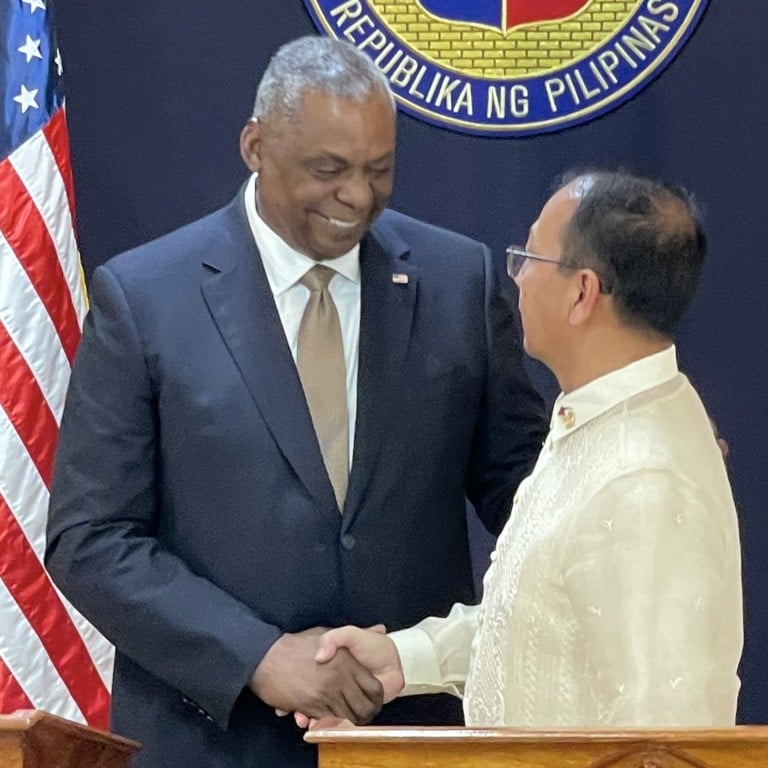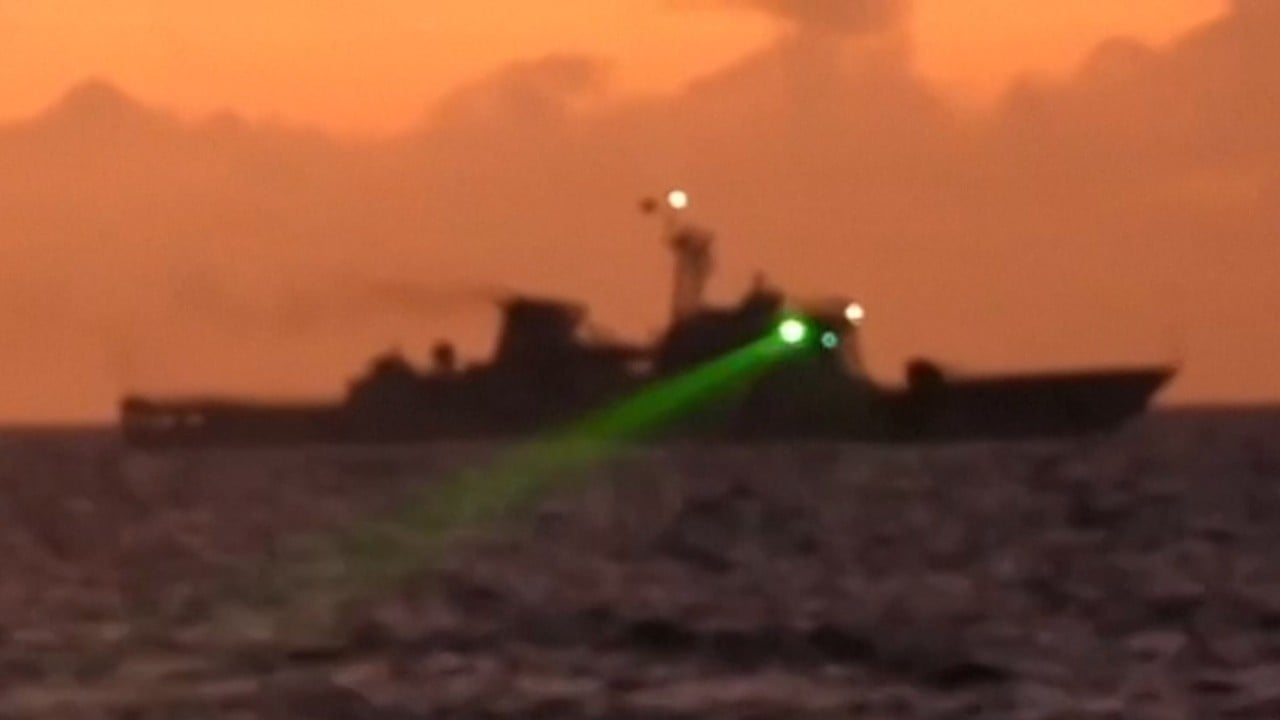
Will Philippines’ expanded military pact drag Manila into possible US-China conflict over Taiwan?
- The Enhanced Defence Cooperation Agreement is due to be renewed for second 10-year lease, allowing the US military to access 9 Philippine sites, up from the current 5
- Politicians have questioned the need for increased US military outposts, amid concerns they could be a magnet for attacks and discourage Chinese investment
Former Foreign Affairs Secretary Teodoro Locsin Jnr described the US$300 million transaction as the “biggest public-private partnership in the 75-year history of Philippine-US relations”.
But while there is value in citing national security to block Chinese attempts to take over a strategic property, one wonders if giving it to a financial company with no track record in shipbuilding makes any business sense.
A US return to Philippines’ Subic Bay: the result of China’s ‘coercion’?
At its peak, the shipyard employed about 35,000 people and helped propel the Philippines to become the world’s fifth-largest shipbuilder. Hence, more than preventing a rival from gaining a foothold, it is important for the alliance to show the deal is viable and that the acquirer is capable of turning things around.
In addition, one may ask if becoming a new EDCA site goes against the spirit of the base’s conversion to civilian use and how investors would receive the return of American military presence three decades after its departure.
Cagayan, a province in northern Luzon opposite Taiwan, faces a similar situation. Governor Manuel Mamba said he opposed the idea of hosting foreign bases, especially for nuclear powers, as they could be a magnet for attacks. Last year, while open to other forms of exercises, he opposed live-fire drills in Claveria town, arguing that they could discourage Chinese investments.
There is the worry of giving Beijing further pretext to up its ante [in the South China Sea] in response to EDCA developments
Mamba is not the only one to have expressed reservations about increased US military presence. Imee Marcos, the president’s sister and Senate Committee on Foreign Relations Chair, said the governors of Isabela and Ilocos Norte were also not consulted. Isabela is another reported EDCA site, while the president’s home province of Ilocos Norte will host one of the largest annual joint military drills this April.
Philippines vows to do what it takes to defend territory amid China spat
The prospect of getting embroiled in a Taiwan emergency stirred unease among senior lawmakers. Senator Marcos warned against “volunteering to fight wars that are not our own”, while Senator Ana Theresia Hontiveros cautioned against rushing EDCA’s expansion, encouraging defence planners to fully exhaust current arrangements before considering adding new sites.
The effort needed to get local buy-in from affected communities may derail EDCA’s timetable. If hosting US troops and arms translates to great risks and lost trade, investment, and tourism opportunities, then local opposition may harden. Local leaders need to show results to their constituents, especially as the 2025 midterm election is not far on the horizon.
The Philippine-US alliance gained traction with Beijing’s activities in the South China Sea. Four years after China occupied Mischief Reef, Manila and Washington signed the Visiting Forces Agreement (VFA) in 1999, which provided legal cover for US soldiers taking part in annual exercises with their Filipino counterparts.
When elephants fight, it’s always the grass that gets trampled. Cuba, which attempted to host Soviet ballistic missiles, and Nicaragua, which took the US to the International Court of Justice, were among the countries that suffered the most from enduring American sanctions.
The Philippines can and should defend its national interests but must avoid becoming a platform for one power against another. EDCA’s expansion exposed divisions between frontline communities and the national government and stirred debates about the evolving alliance priorities.
Lucio Blanco Pitlo III is a visiting scholar at the National Chengchi University Department of Diplomacy and Center for Foreign Policy Studies.



